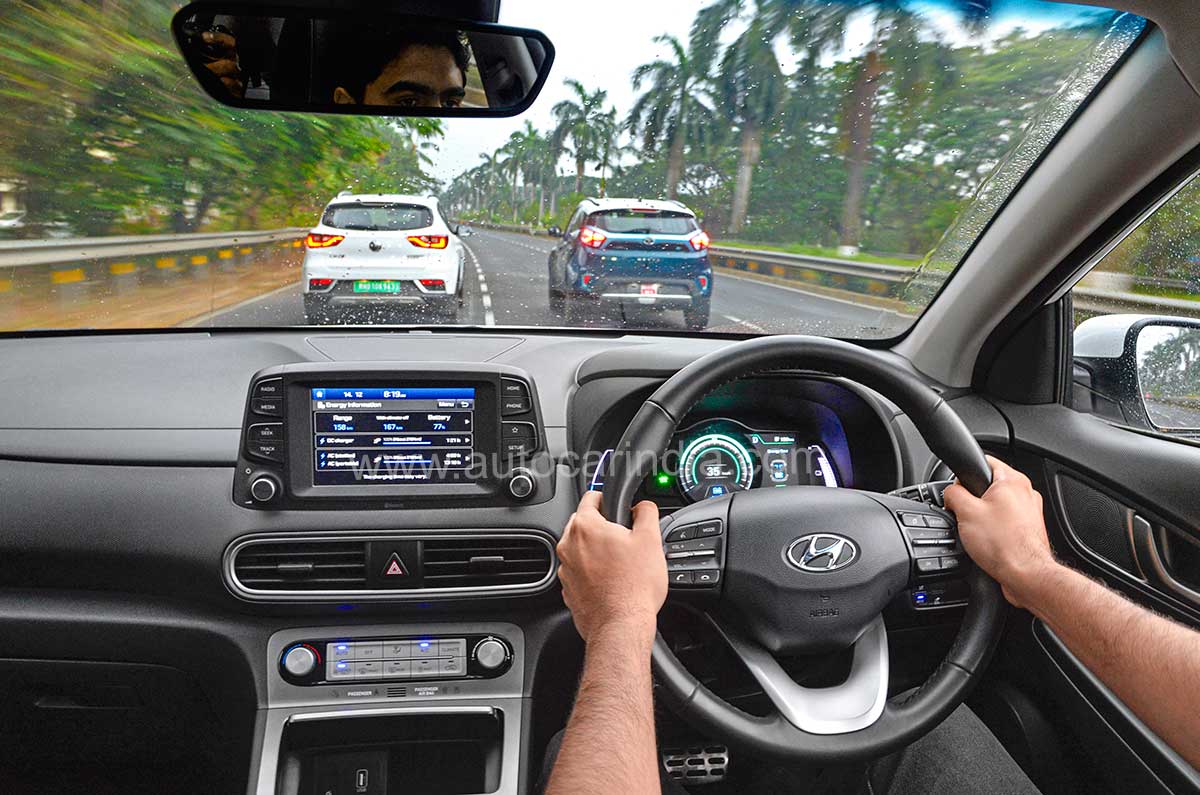
An electric vehicle’s range is affected by several factors. While you can’t control external aspects like ambient temperatures, there’s a lot that you can control – like driving style and battery health – in order to eke out each kWh of your vehicle’s battery. Here are five tips that you can incorporate to help you achieve the best range from your EV.
1. Drive smoothly
This is a universal tip for efficient driving – be as linear with your inputs as you can and press the accelerator pedal as gently as possible to avoid sudden acceleration. By driving in the sweet spot of 40-60kph in the city, and 70-90kph on the highway, you will not only be well within the speed limits, in most places, but you'll also achieve surprisingly high levels of battery efficiency.
Anticipating the flow of traffic, maintain a safe distance, and once you have determined stopping distances ahead, allow the vehicle’s regenerative braking function to gradually decelerate. Use the brake pedal only to come to a complete halt, rather than accelerating till the last moment and braking hard closer to the object; the latter is a dangerous driving practice.
Certain EVs get drive modes, and their ‘Eco’ setting cuts down the motor’s performance in the interest of efficiency. Driving in the ‘Sport’ setting can be entertaining, but it will also draw higher energy from the battery. Some EVs offer adjustable regeneration, but the best practice is to keep the regen at level one (not completely off) for gradual, more natural deceleration. Remember, a more aggressive regen setting will make the vehicle decelerate faster. However, you will consume more energy trying to rebuild the speed, so it isn’t necessarily the most efficient way to maximise range.
2. Keep it cool
Keeping the climate control system at 23-24 degrees centigrade not only maintains a comfortable cabin ambience, but also draws lesser energy than when the air-con is put under heavier load. Try to park the vehicle in a covered or shaded spot, which helps reduce load on the air-con while consuming less energy.
3. Optimum tyre pressures
Just like an internal combustion engine vehicle, monitoring tyre pressure is crucial. Over-inflated tyres will up the efficiency by reducing rolling resistance, but it will affect braking performance and make the ride quality harsh. Conversely, tyres running on low pressures will have much greater rolling resistance. Thus, it is best to stick to the manufacturer’s recommended cold tyre pressures, or go slightly higher by 1-2psi based on your comfort.
4. Weight-shedding
Higher the weight, lower the efficiency. While it isn’t sensible to ask your passengers to take a hike to reduce the weight you’re ferrying in your EV, you can always remove unrequired cargo from the boot, which adds nothing but dead weight. Also, avoid accessories like bull bars, roof racks, aftermarket roof spoilers etc and so on, which add unnecessary weight to the car.
5. Charge frequently
A healthy battery will be more efficient, whereas one with some wear and tear will not perform optimally. Many manufacturers advise the usage of slow chargers to top up the battery to 100 percent state of charge (SOC), whereas fast chargers are usually recommended for a quick bump in SOC from 20 to 80 percent or 10 to 90 percent. In most EVs, the SOC climbs the quickest in this range, and during the last 10-15 percent of SOC, the vehicle’s on-board battery management system (BMS) reduces charging rate in order to reduce heat generated and optimally distribute energy to each cell to preserve their life. It is also advisable to never run a battery dry (out of charge), as this could affect its health. Do ensure that the car is periodically serviced and the vehicle’s software is updated conforming to the manufacturer’s latest standards and recommendations.
Follow these steps and your EV’s battery is most likely to achieve a real-world range, much closer to the ARAI-certified figure which the manufacturers claim.
Also read:
Audi E-Tron vs Jaguar I-Pace vs Mercedes-Benz EQC
MG ZS EV vs Hyundai Kona Electric vs Tata Nexon EV
https://ift.tt/3Hl7g3i



